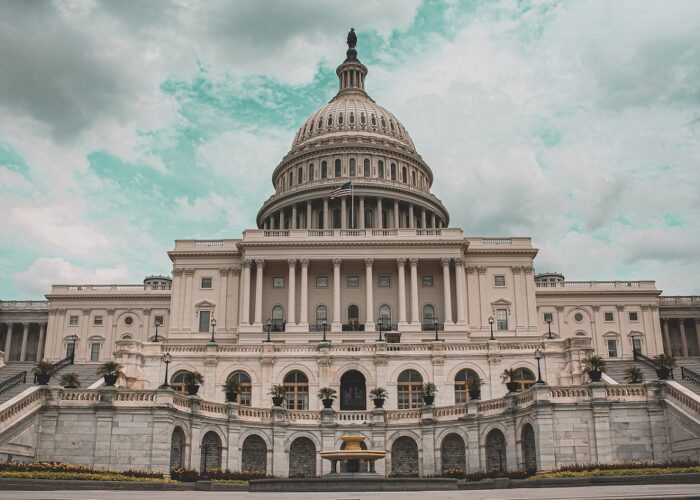China is expected to take policy action to ensure more of its 8GW distributed generation quota for 2014 is utilised, according to the latest report from research firm IHS.
The country set a ceiling of support for PV installations with 8GW of capacity allocated to distributed generation and 6GW for utility-scale projects. Anything above and beyond the quota would not be eligible for the feed-in tariff or state-led tenders.
Unlock unlimited access for 12 whole months of distinctive global analysis
Photovoltaics International is now included.
- Regular insight and analysis of the industry’s biggest developments
- In-depth interviews with the industry’s leading figures
- Unlimited digital access to the PV Tech Power journal catalogue
- Unlimited digital access to the Photovoltaics International journal catalogue
- Access to more than 1,000 technical papers
- Discounts on Solar Media’s portfolio of events, in-person and virtual
“IHS previously predicted this 8GW was unachievable and instead expect around 4-5GW to be installed. We do however expect new policy to be imminently released by the NDRC [National Development and Reform Commisson], as early as July to help speed development of this market segment and most importantly ease bottlenecks in financing,” the company said.
Recent concerns over the slow roll-out of distributed solar in China appear to have some substance, with the government is now preparing to act, IHS said.
“Assuming [the] new policy will be announced in Q3, IHS predicts China’s PV installations to amount to 13.1GW in 2014, with more than 70% of this happening in the last six months of the year.”
This pattern is expected to repeat itself in other markets with the fourth quarter of the year set to be the largest the industry has ever seen, according to the IHS data.
“Global photovoltaic installations will reach 15GW in the final quarter of 2014, beating the previous record of 12.7GW in Q4 13 according to latest analysis from IHS,” said Ash Sharma, senior director of solar research at IHS. “The second half of 2014 will see a surge in global PV demand driven by incentive policy changes in several key markets as well as the ramping of installations triggered by record low system prices.”







